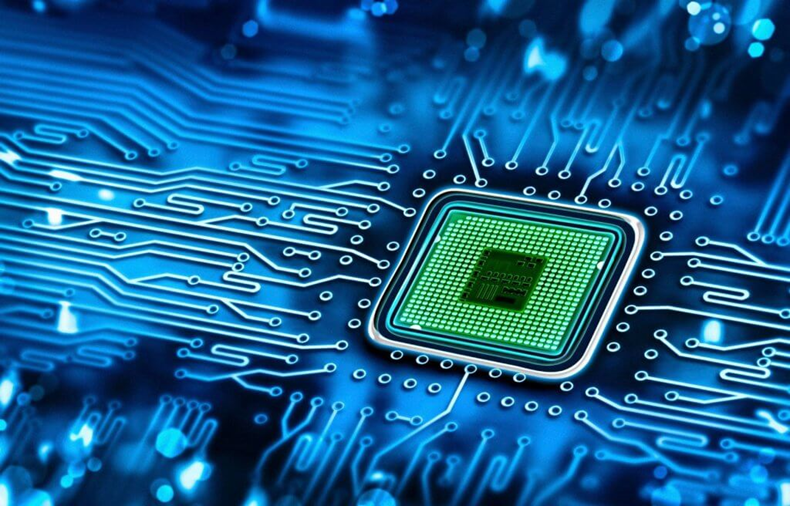
Charles Goulding, Jr. considers where 3D printing may fit into the next generation of semiconductor production.
Biden’s Recommitment
Much of the focus on President Biden’s infrastructure plan has been – understandably – on infrastructure. The American Jobs Plans is broad, however, and includes measures aimed at making the U.S. economy more competitive internationally.
One such measure concerns semiconductors. The Biden plan pledges $50 billion to semiconductor manufacturing and research.
The pledge comes on the heels of a global computer chip shortage. That shortage has hit the car industry especially hard, since virtually all new cars require semiconductors to function.
Falling Behind
The recent shortage, largely due to COVID-19, is only part of what concerns the Biden administration. For years, the U.S. has bled chip manufacturing capacity offshore. That capacity now stands at only 12% globally.
Where has the capacity gone? Not to China – not exactly, anyway. Instead, more chips are produced today in Taiwan than anywhere else, with one firm, TSMC, accounting for 55% of all semiconductor production by itself.
Why is this concerning? Because a great deal of uncertainty surrounds China’s long-term plans for Taiwan. Annexation remains a constant threat. Meanwhile, the Chinese mainland has committed triple the funds to semiconductor R&D as has the Biden administration, per the following chart:
| Country/Firm | Semiconductor R&D Commitment |
| China | $150b (2014) |
| Samsung (Japan) | $116b (2019) |
| TSMC (Taiwan) | $100b (2021) |
| European Union | $50b (expected 2021) |
| U.S. | $50b (proposed 2021) |
| Intel (U.S.) | $20b (2021) |
Seen in the above context, the Biden plan is a modest boost to U.S. production. But, if the U.S. wants better insulation from supply shocks, and less reliance on adversaries like China, it’s a start.
Commerce Secretary Gina Raimondo got right to the point in a CNBC interview:
“This is about out-competing China, if we act now…we will compete with China. There is time to do that, to rebuild, to build in semiconductors in particular, but we have to get to the business of doing it.”
3D Printing and What Comes Next
What does innovation look like in the semiconductor field? Harvard Business School professor Willy Shih speculates that it involves two areas: chip performance and power consumption:
“Aggressive goals might include how do we get the next 100X gains in performance, while at the same time reducing the power consumption by say 50-80%?”
More innovation may come from 3D printing. The field has already made strides in printing semiconductor electronics. If that progress continues, it may be possible to print ever-smaller integrated circuits with unusual design flexibility.
Future Stakes
The stakes are high and the rewards many for the leaders of tomorrow’s computing chips. A growing list of products now contain semiconductors. They range from cars to pacemakers, smartphones to home appliances.
In the future, moreover, chips may lie at the heart of artificial intelligence, the Internet of Things, and many other burgeoning fields.
Whichever country – or countries – leads the field will have a significant competitive advantage. President Biden’s proposal is a step toward reckoning with that reality.
Conclusion
For many Americans, the concept of the government getting involved in an important business segment is unsettling. However, in today’s world, we are competing with powerful governments and planned economies. To remain competitive, we may need to change our way of thinking.
